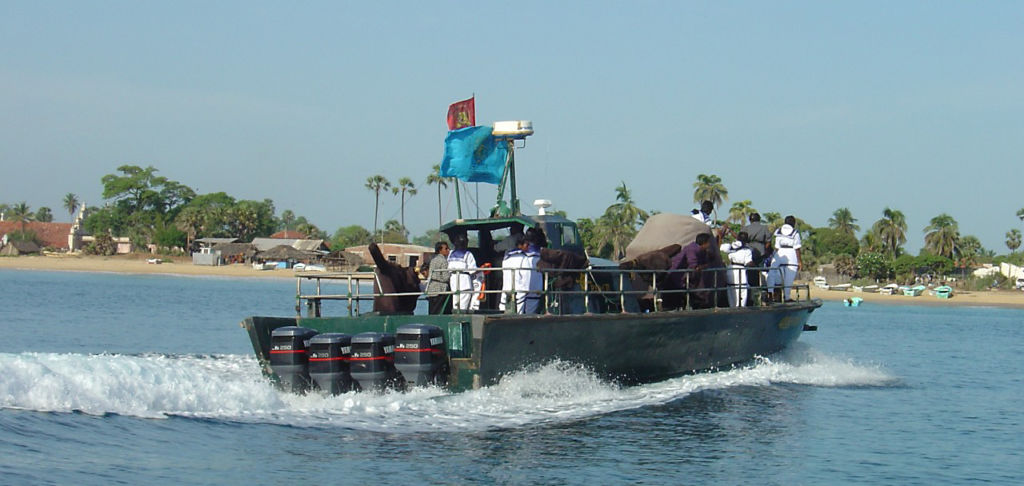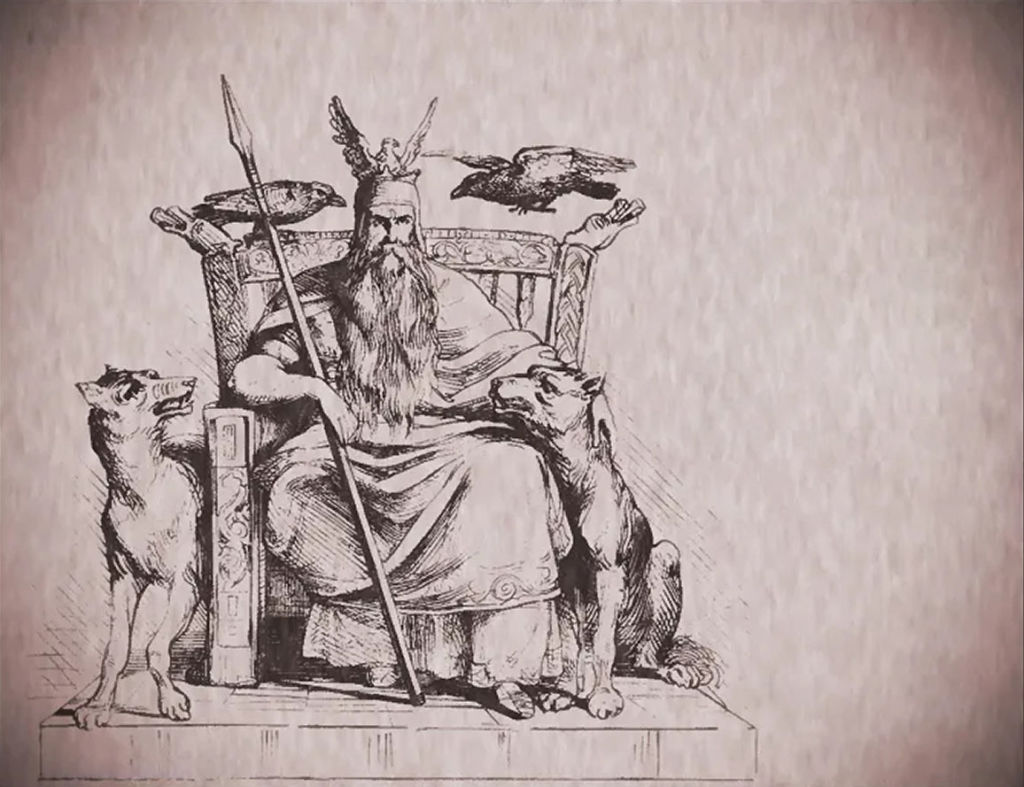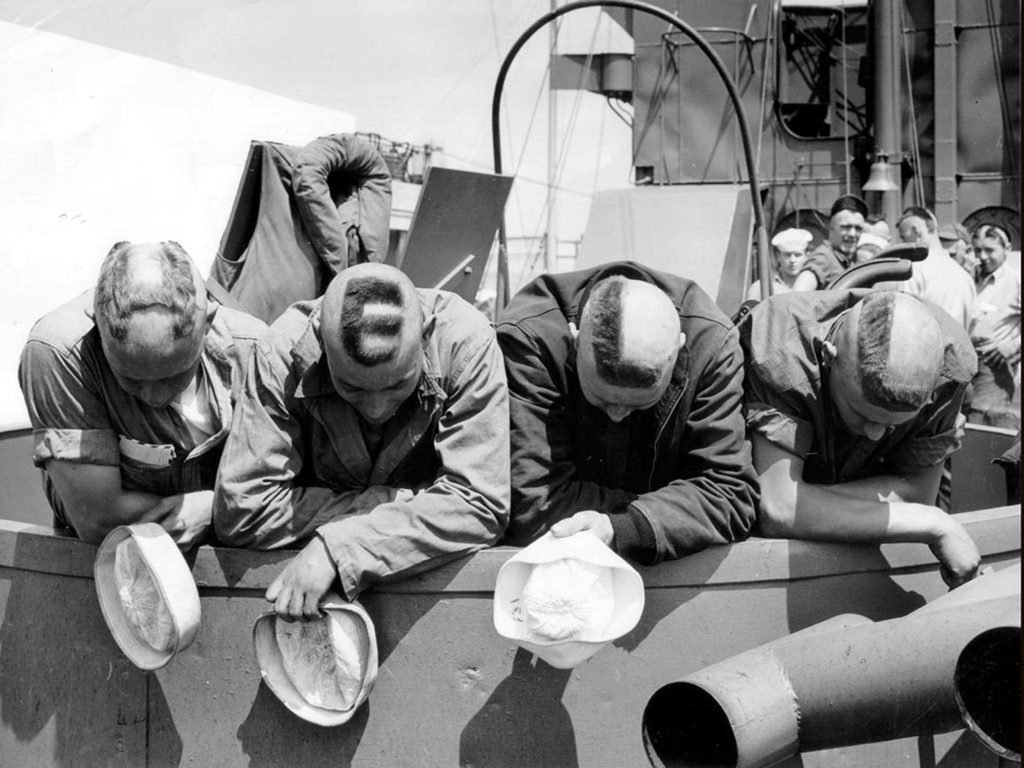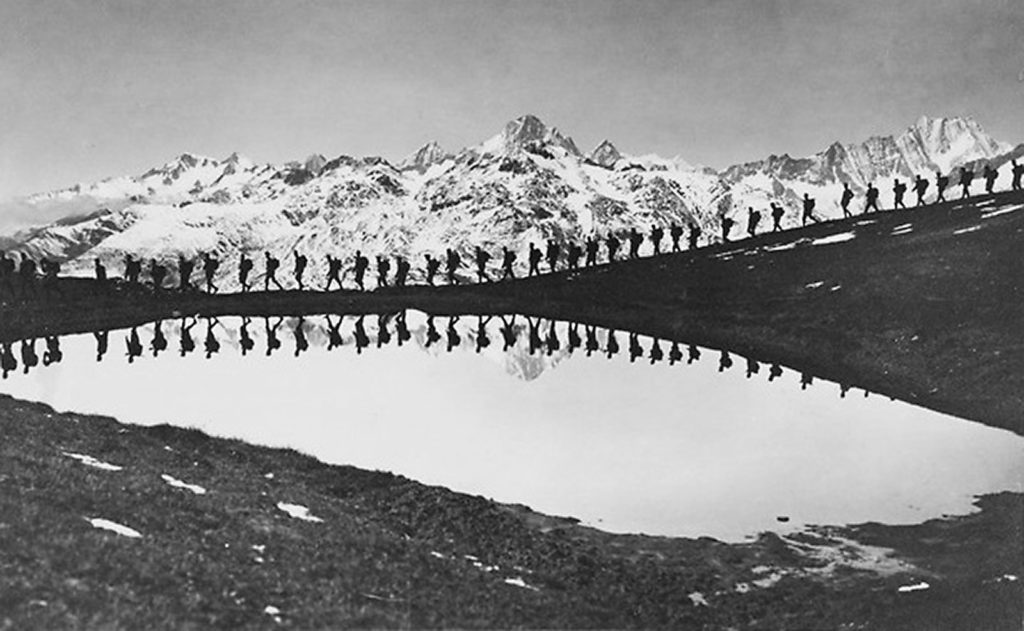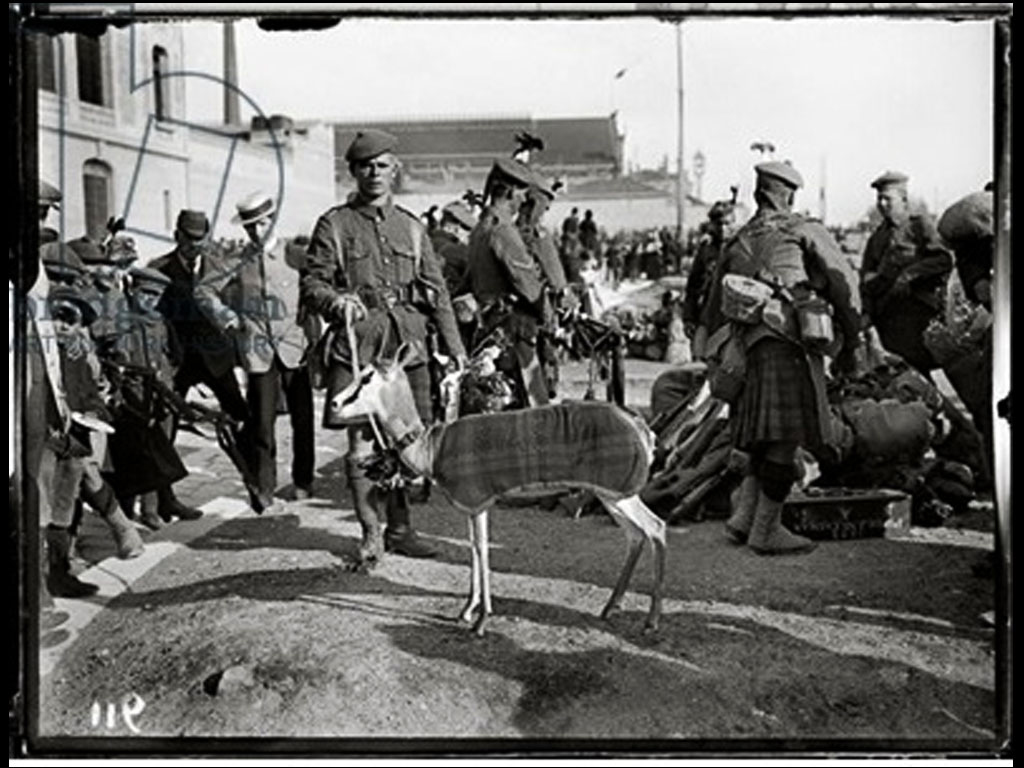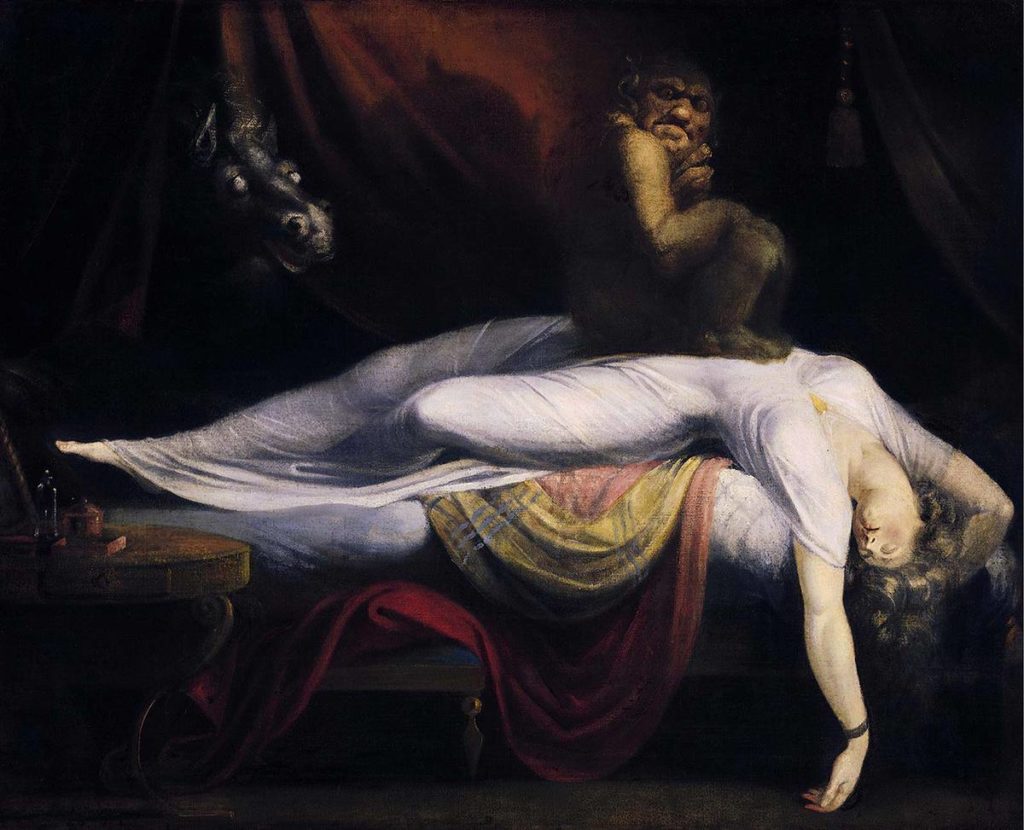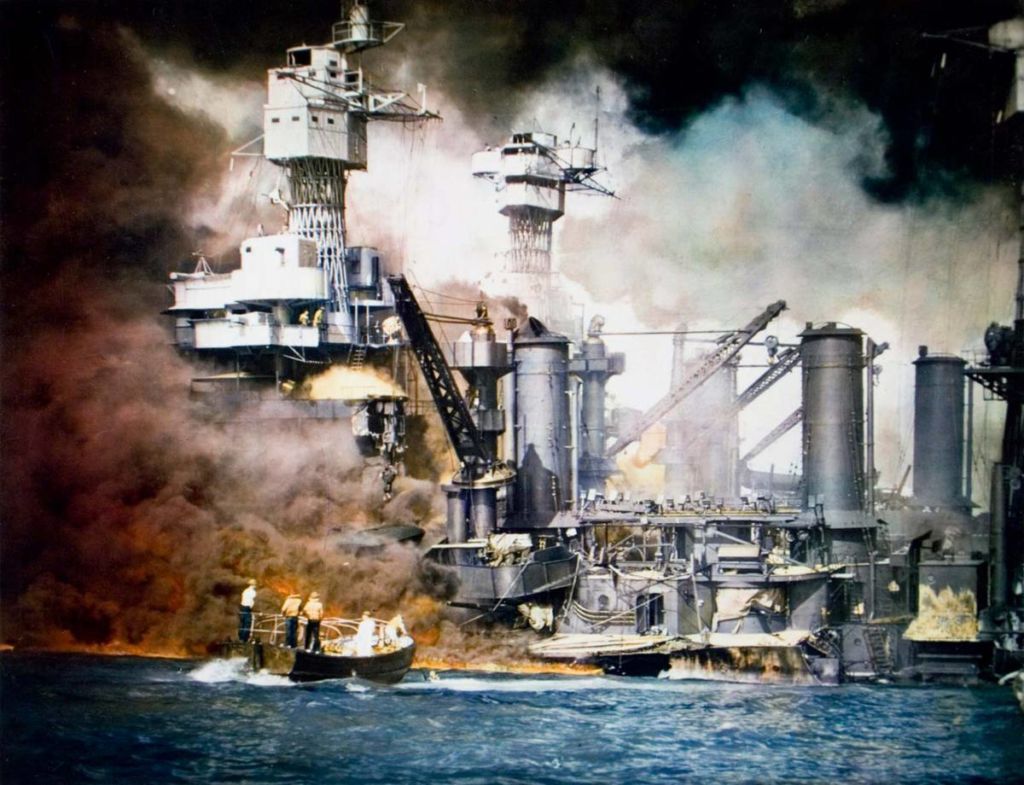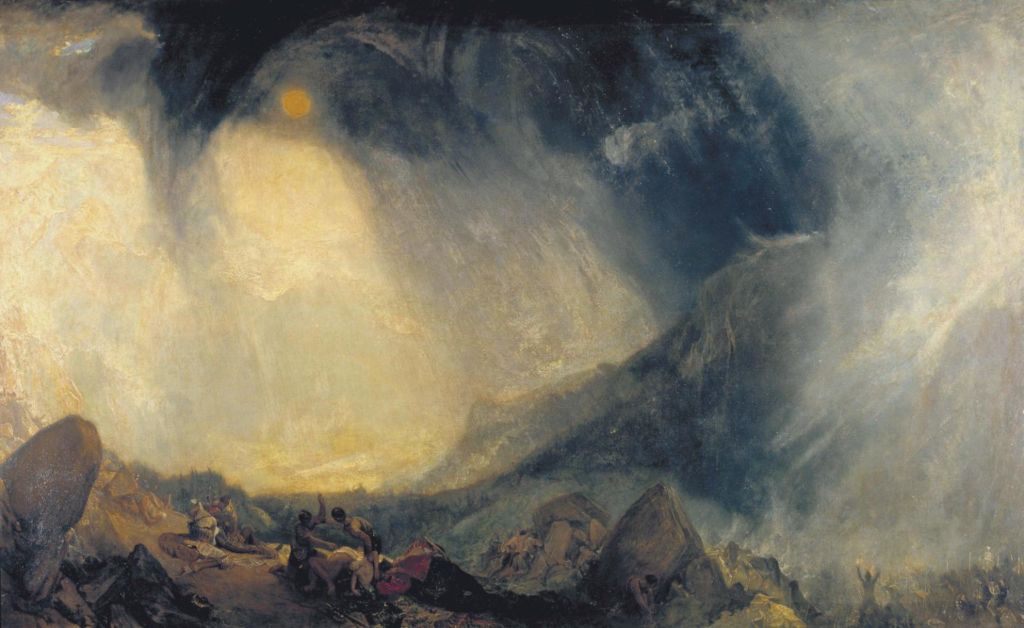Norway received last year the glorious title of the happiest country in the world in a classification made by the UN, the “World Happiness Report.” 2017 is however the year of a series of resounding trials that will shake the country’s political life, and brings to light the ill-being of native population, the Sami.
Mostly established in Norway, Sweden, Finland and Russia, the Norwegian Sami were the first to have a parliament. The feel excluded from the political debate, suffering decisions that maintain them in precarious and unstable situations. This paradox is particularly noticeable by the traditional reindeer breeders with modest herds, that new laws on slaughtering condemn to ruin on smaller and smaller lands because, in particular, of global warming.
It is one of the young breeders, Jovsett Ánte Iversen Sara, who, summonsed to slaughter part of his herd, will become the symbol of this struggle against the government by refusing to enforce the new laws. He will be helped by his sister Máret Ánne Sara, a visual artist who created the work and the movement bearing the same name, nom Pile o’Sápmi. In the beginning, it is a public installation the artist presents beside the trial started against her brother by the government. This work is going to catch the media’s attention, and Máret Ànne Sara, during the trial, is going to initiate or participate in many artistic events: exhibitions, screenings, debates. First joined by institutions and Sami artists, the movement is quickly going to go beyond the community, and many authors, artists, singers, join the Pile o’Sápmi. The size reached by the movement thus gives an international exposure to Jovsett Ánte Iversen Sara‘s struggle, fairly lonely in the beginning.
Maret is invited in Documenta 14, by the Neue Nueu Galerie in the form she qualifies of “an action in artistic justice.” Her work is materialized by installations in which she uses reindeer skulls, sometimes suspended like curtains or stacked up. The skulls were voluntarily recovered in the slaughterhouses still using traditional methods of slaughtering. The Sami deem that the new slaughtering techniques slowly imposed by the government, with a pistol shot in the forehead, are today more uncertain and more brutal for the animal. The holes made by the bullets are “the symbols of western colonization” and show “the political brutality” against the Sami way of life. These Pile o’Sápmi, like the artist names them, echo the aux O’bones pile, stacked bison heads by the European hunters on the American great plains, symbolic forms of appropriation by the settlers and the native cultures whose connection with nature and spirituality are very close to those of the Sami.
Translation by Maya Dalinsky
Cover: Maret Anne Sara, interviewed in february 2016. Her work Pile O’Sapmi is installed outside the Inner Finnmark District Court, in Norway.

